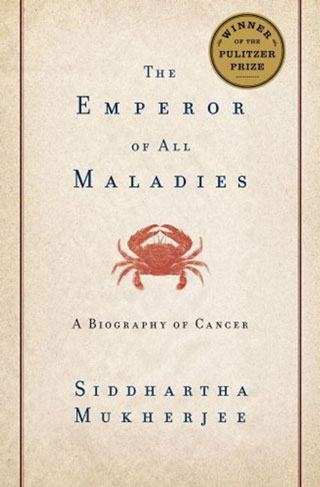I often get a book based on cover art. That’s not all of course, but if the art attracts me immediately, there’s a good chance it will go home with me. I’ve often found that writers who really care about the cover art portraying the essence of their art tend to be good ones. I haven’t read anything else by Jeff Vandermeer. After the cover art, I was intrigued by the premise. I haven’t gotten to this one yet, still on The Emperor of All Maladies.
“Once upon a time there was a piece of biotech that grew and grew until it had its own apartment”: an odd, atmospheric, and decidedly dark fable for our time.
[…]
Superb: a protagonist and a tale sure to please fans of smart, literate fantasy and science fiction.
You can read the full Kirkus Review here.















